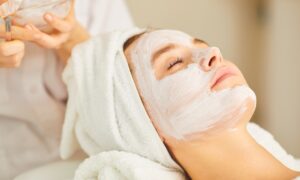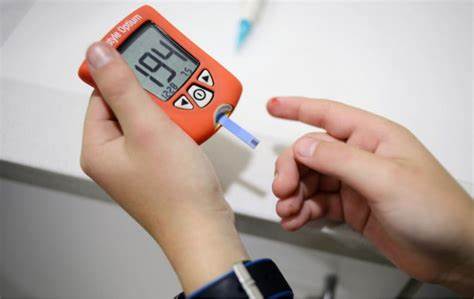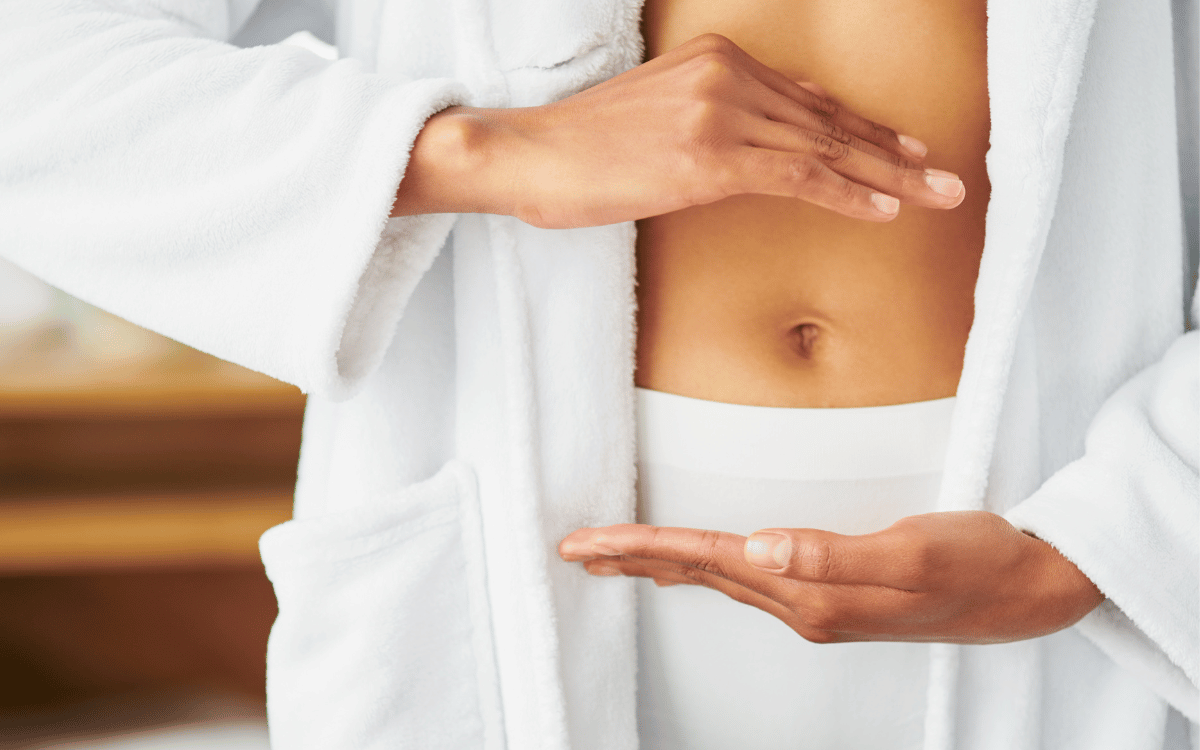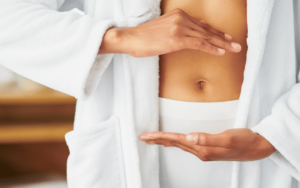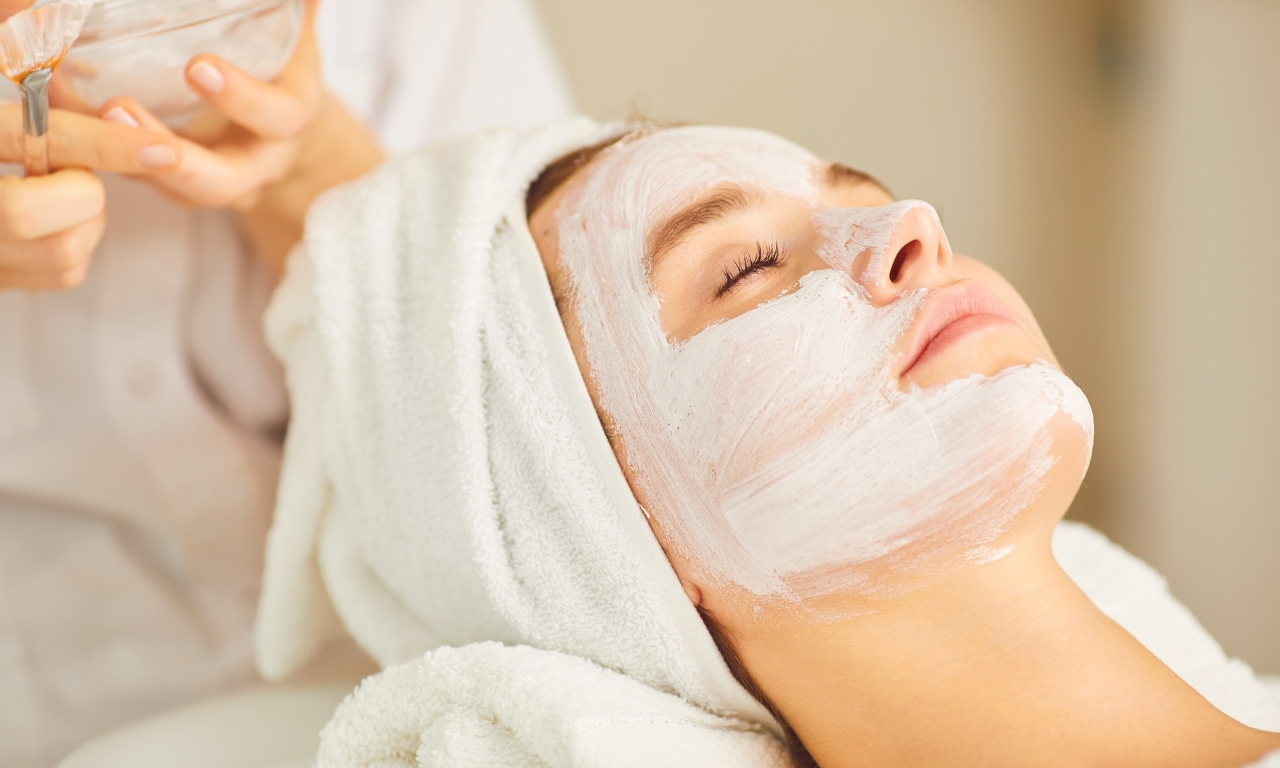
Cada vez son más las personas que buscan mejorar su apariencia física y sentirse mejor consigo mismas, lo que ha llevado a un aumento en la demanda de profesionales altamente capacitados en el campo de la estética y la belleza.
En este sentido, hoy descubriremos las mejores especializaciones en el área, como las que puedes encontrar en https://cursoesteticaybelleza.online/. También, hablaremos sobre la importancia de dichas especializaciones en la industria actual.
La importancia de especializarse en estética y belleza
La industria de la belleza está en constante evolución y cada vez más personas buscan servicios especializados para mejorar su apariencia y bienestar. Es por eso que la especialización en este campo se ha vuelto fundamental en la carrera de cualquier profesional de la estética y belleza.
Además de brindar un mayor conocimiento y habilidades en un área específica, una especialización también puede abrir puertas a oportunidades laborales y de crecimiento en el mercado.
Tipos de especializaciones en estética y belleza
Maquillaje
Especialización en maquillaje se enfoca en técnicas y tendencias de maquillaje para eventos, fotografía, cine y televisión. Los requisitos incluyen habilidades en la aplicación de maquillaje, conocimiento de productos y técnicas de retoque. Ejemplos de cursos:
- Técnico en maquillaje profesional.
- Maquillaje artístico.
Hair removal
Como especialista en depilación, aprenderás a utilizar diferentes métodos de depilación y a tratar diferentes tipos de piel. Se requiere destreza manual y conocimientos de higiene y seguridad. Ejemplos de cursos:
- Especialización en depilación.
- Técnico en depilación.
Barber Shop
La especialización se enfoca en el cuidado y estilismo del cabello, incluyendo cortes, tintes y tratamientos de belleza. Se requiere habilidad en el manejo de herramientas de peluquería y conocimiento de tendencias y técnicas. Ejemplos de cursos:
- Técnico en peluquería.
- Maestría en colorimetría.
Cuidado de la piel
Un especialista en cuidado de la piel se encarga de tratar y mejorar la apariencia y salud de la piel a través de diferentes técnicas y tratamientos. Se requieren conocimientos de anatomía y fisiología de la piel, así como habilidades en masajes y aplicación de productos. Ejemplos de cursos:
- Técnico en estética y cosmética.
- Especialización en terapias faciales.
Estilismo y maquillaje
Esta especialización combina las habilidades de maquillaje y peinado para ofrecer un servicio completo de belleza. Los profesionales en este campo deben tener conocimientos sobre la forma del rostro, colorimetría y técnicas de aplicación de maquillaje y peinado.
Manicura y pedicura
La especialización se enfoca en el cuidado y embellecimiento de las manos y pies. Los profesionales en este campo deben tener habilidades en el manejo de herramientas de manicura y pedicura y conocimientos sobre técnicas de masaje y cuidado de uñas.
Masajes terapéuticos
Esta especialización se enfoca en el uso de técnicas de masaje para mejorar la salud y bienestar de los clientes. Los profesionales en este campo deben tener conocimientos en anatomía, fisiología y técnicas de masaje.
¿Cómo elegir la especialización adecuada?
Si estás interesado en especializarte en estética y belleza pero no sabes por dónde empezar, aquí te daremos algunos consejos clave para tomar la mejor decisión:
- Investiga y conoce las tendencias del mercado en el campo de la estética y belleza.
- Conoce las necesidades y preferencias de los clientes actuales.
- Investiga sobre los programas de formación disponibles para cada especialización y considera sus requisitos y duración.
- Busca oportunidades de prácticas en diferentes especializaciones para tener una idea más clara de cada una.
- No tengas miedo de preguntar a profesionales en el campo o buscar testimonios de personas que hayan tomado la misma especialización.

